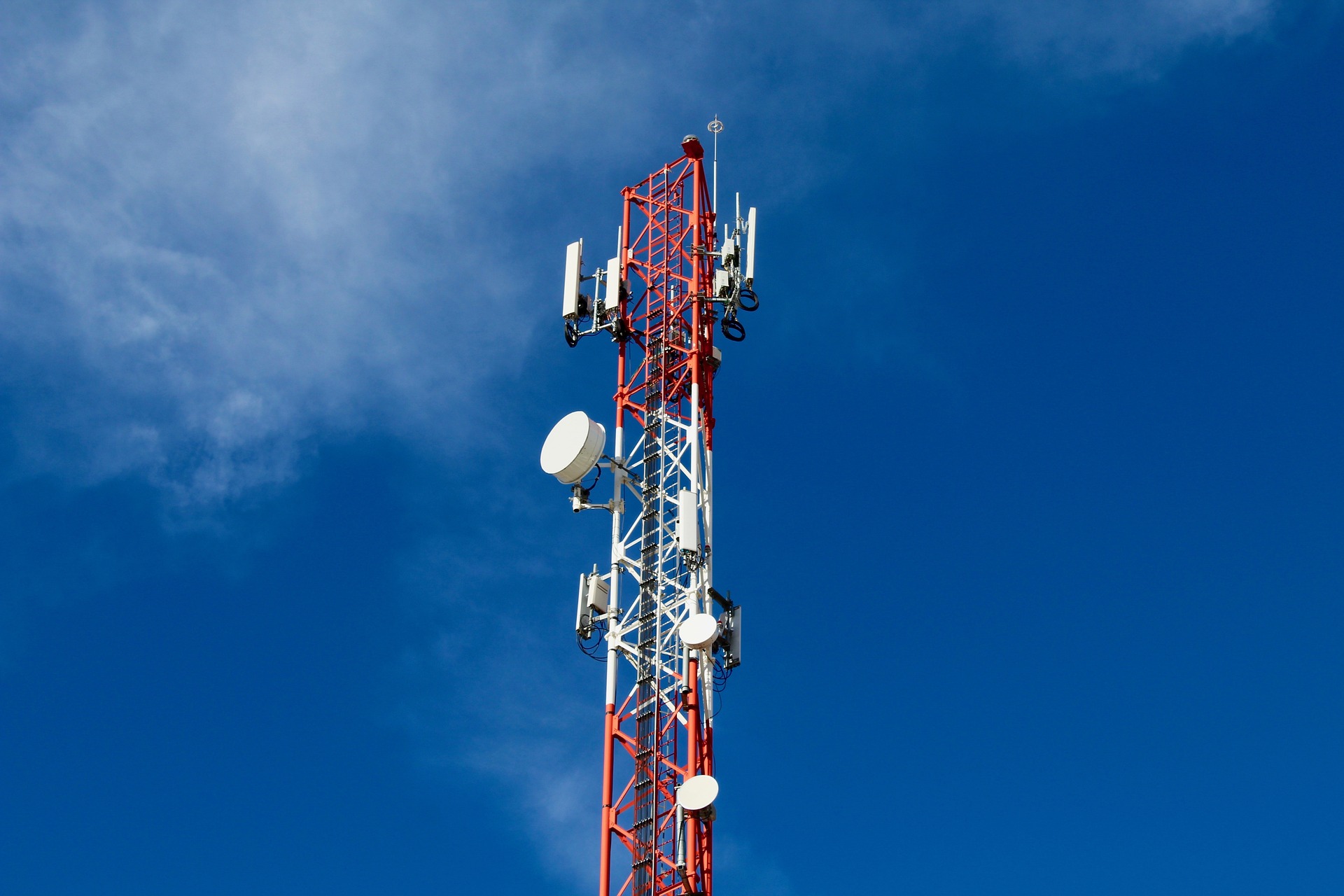Decoding the Potential of Fixed Wireless Access (FWA)
The telecom industry has witnessed a plethora of innovations and technological advancements, each promising to revolutionize the realm of connectivity. One such promising innovation that has been gaining traction in the last few years is Fixed Wireless Access (FWA). This article will delve into the concept of FWA, its evolution, the current trends, and its potential implications.

Unveiling the Concept of FWA
Fixed Wireless Access, often abbreviated as FWA, is a type of high-speed internet access where connections to service providers use wireless networks rather than wired lines. The roots of FWA go back to the 1990s when it first emerged as an alternative to traditional wired connections. However, early FWA faced numerous challenges, including limited coverage and lower speeds compared to wired networks.
Evolution and Technological Enhancements
Over the years, technology and regulatory changes have transformed the landscape of FWA. With the advent of advanced wireless technologies such as Wi-Fi, WiMax, and LTE, FWA has overcome many of its initial hurdles. Today, with the integration of advanced antenna systems and sophisticated signal processing algorithms, FWA can offer high-speed internet connectivity comparable to, or even better than, traditional wired connections in some scenarios.
Current Industry Trends and Regulatory Changes
As urbanization continues to rise, the demand for high-speed internet is surging. In response to this demand, telecom companies worldwide are increasingly turning to FWA to offer reliable, high-speed internet services. Regulatory bodies, too, are recognizing the potential of FWA and are revising regulations to facilitate its deployment.
Impact, Challenges, and Practical Applications of FWA
FWA has the potential to revolutionize the way we access the internet. It can provide high-speed internet in areas where laying wired connections is logistically challenging or economically unfeasible. However, FWA also faces several challenges, such as the need for direct line-of-sight between the transmitter and receiver, susceptibility to interference, and the high initial cost of setup.
Future Perspectives and Conclusion
Despite the challenges, the future of FWA looks promising. As more advanced wireless technologies emerge, and regulatory bodies continue to support its deployment, FWA could become a key player in the global internet connectivity landscape. As we look forward to a future driven by digital connectivity, understanding the potential of technologies like FWA becomes crucial.
Remember, the world of telecommunications is an ever-evolving landscape. Staying informed and understanding the potential benefits and challenges of emerging technologies like FWA can empower individuals and businesses to make informed decisions about their connectivity needs.




